INSIDE ISSUE 19.44 | Oct. 30, 2020
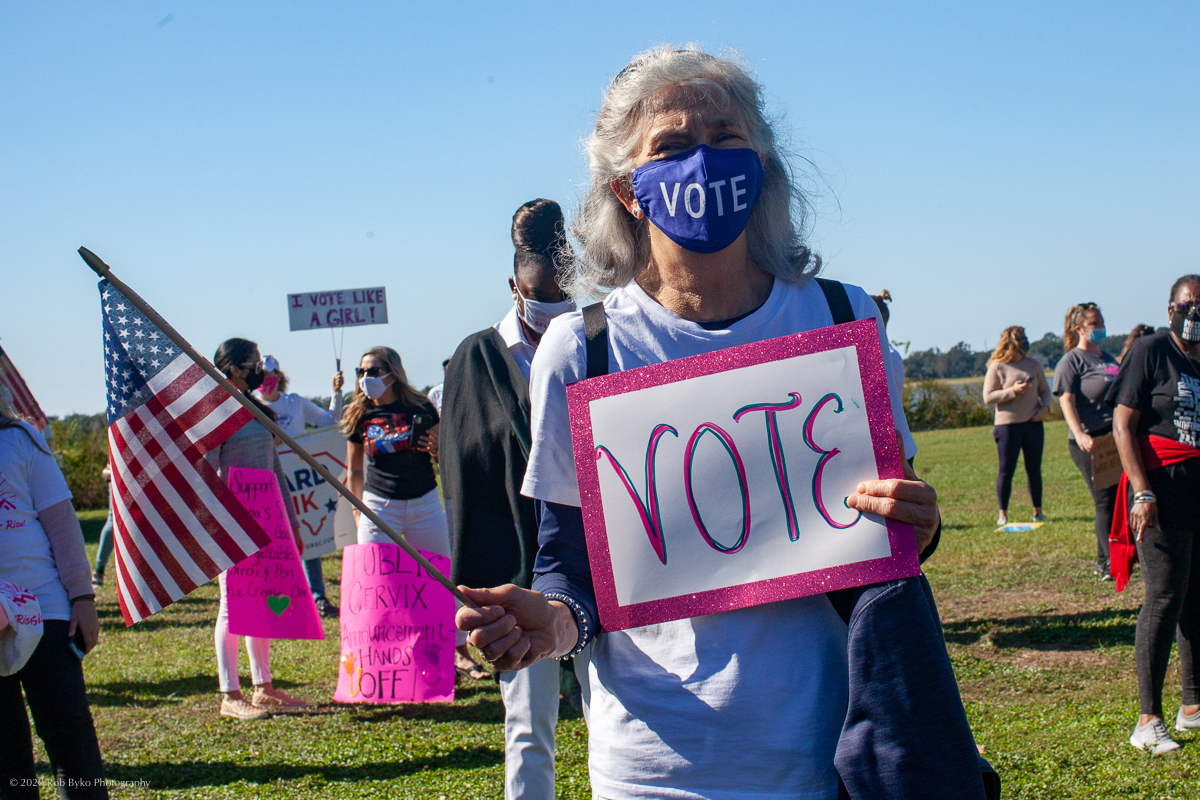
 BIG STORY: S.C. utilities replace coal with gas, but new solar may be cheaper
BIG STORY: S.C. utilities replace coal with gas, but new solar may be cheaper
NEWS BRIEFS: Fewer than 2,000 coronavirus cases tied to S.C. schools
SPOTLIGHT: S.C. Hospital Association
COMMENTARY, Brack: Newspapers have a responsibility to publish opinions, endorsements
LOWCOUNTRY, Ariail: Blue wave
MY TURN, Ervin: Our nation’s soul will endure
FEEDBACK: Send us your thoughts
MYSTERY PHOTO: Bronze sculpture
Utilities replace coal with gas, but new solar may be cheaper
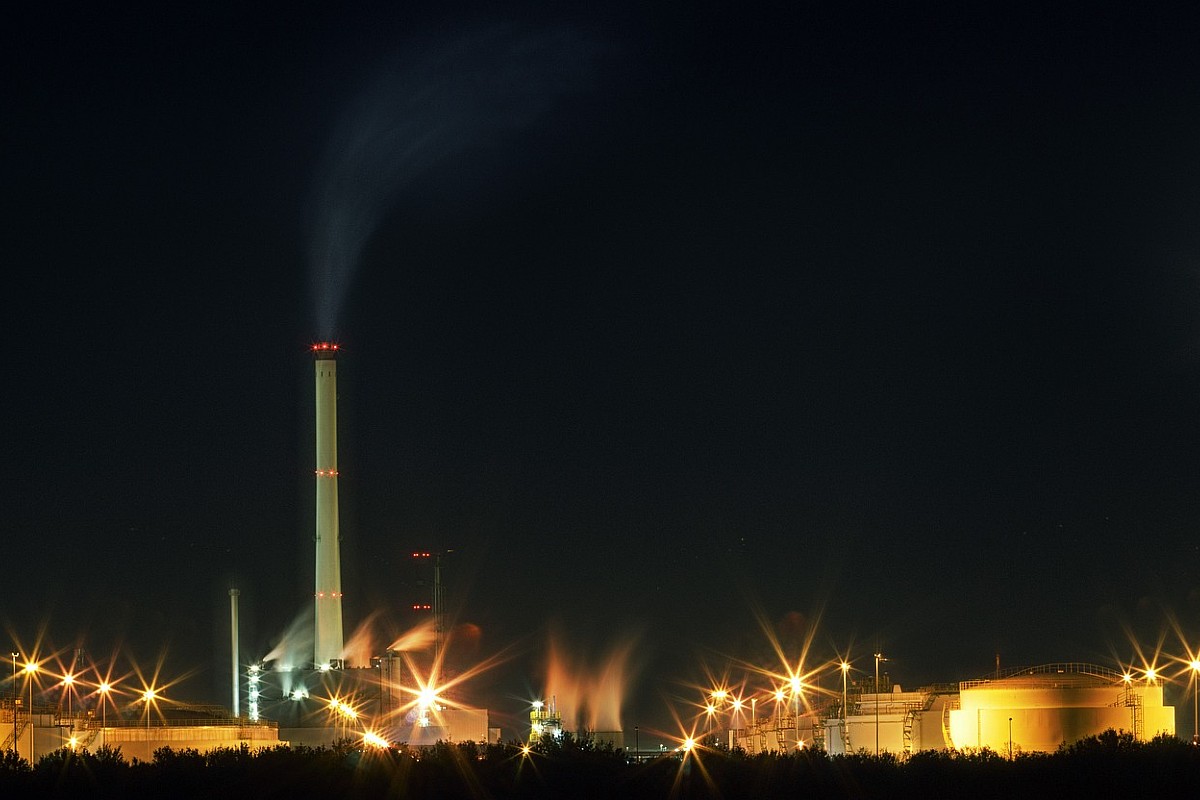
By Lindsay Street, Statehouse correspondent | As utilities continue to shutter coal-fire plants, more investment is expected in natural gas — potentially locking consumers into higher energy prices than if the utilities invested in more solar power, clean-energy advocates say.
Energy consultant Lazard released its annual report this month comparing the costs of energy across technologies. According to the report, the operation of nuclear and gas-fired plants — the dominant energy production modes in South Carolina — costs nearly the same as building new utility-scale solar facilities.
The state’s reliance on nuclear energy is not predicted to change any time soon, but the decreased reliance on coal is creating a dialogue on the next investments.
“We (could) make the wrong decision in the next year or two and invest over half a billion or more than a billion in new gas infrastructure that’s going to get stranded in the next five to 10 years the same way coal infrastructure is now,” Coastal Conservation League Energy and Climate Program Director Eddy Moore said.
Meanwhile, Duke Energy and Dominion Energy have submitted energy plans to the state’s utility regulator. The plans largely call for continued shuttering of coal plants and investment in natural gas. Only a fraction of their portfolios will include investments in solar.
While on paper it may look like the utilities should switch to solar rather than natural gas, one S.C. utility spokesman said supply decisions are “system dependent.” The Lazard report does not offer costs by state or by utility.
Shifting energy production in South Carolina
In 2019 — and for the past 18 years — nuclear power has accounted for 55 percent of energy production in South Carolina, according to a New York Times state-by-state analysis.
Since 2001, however, coal has decreased from 41 percent to 15 percent of production. Natural gas has largely filled the void left by coal, rising to 24 percent of generation, according to the analysis. A federal report found that the state’s use of natural gas has quadrupled in the last decade with its use directly tied to energy production.
Dominion Energy’s 2019 generation consisted of 23 percent nuclear, 26 percent coal and 45 percent gas. In its energy plan to the state, Dominion documents said it “concludes that no major changes to the generation fleet are required in the near term to meet customer’s energy and capacity needs.”
“(Dominion) will be working toward creating the infrastructure that opens the way for lower cost generation and non-emitting resources, but those steps must also be affordable,” documents said.
According to its plan, Duke Energy says it will retire the rest of its coal plants over the next decade, but also is looking at investing in more natural gas.
Public utility Santee Cooper uses half of its energy from natural gas resources, through its Rainey station or from power purchased from mostly natural gas-fueled stations, according to Communications Director Mollie Gore. Another 38 percent of its energy production comes from its two coal stations, one of which is expected to be shuttered by 2027. Eleven percent of production comes from nuclear, and 3 percent comes from renewables like solar.
The utility is planning to shift energy production resources and bring online new natural gas plants in the next 13 years, Gore said.
The shifting costs of energy production
In its report, Lazard found nuclear power costs between $129 and $198 per megawatt hour (generating 1 million watts for an hour). Natural gas- and oil-fired plants — or peaking plants — operate at $151 to $198 per megawatt hour.
Nuclear and gas plants continue to be more expensive than either coal or solar, likely because of their large, up-front capital investments in building the plants, experts say.
 Coal operates at $65 to $159 per megawatt hour, and utility-scale solar costs between $29 and $42 per megawatt hour. Coal-gas combined plants offered among some of the cheapest traditional energy costs, however: $44 to $73 per megawatt hour.
Coal operates at $65 to $159 per megawatt hour, and utility-scale solar costs between $29 and $42 per megawatt hour. Coal-gas combined plants offered among some of the cheapest traditional energy costs, however: $44 to $73 per megawatt hour.
Moore said Lazard offers a “levelized” look at all technologies, taking into account up-front capital costs, maintenance costs, government subsidies and output. He called it “one of the energy standards.”
“That’s the importance of the Lazard report: it’s not somebody’s lobbying talking point. It’s a long-running series that confirms this transition (with cheaper renewable energy),” Moore said.
Dominion Energy spokesman Matthew Long said the utility has “not reviewed the specifics of the report and can’t comment on its conclusions. However, analysis of supply-side resources is very complicated and system dependent.”
Improvements in natural gas technologies have led to its surge as a dominant energy generation source in the United States due to the low price point for utilities. In its report to the Public Service Commission, Dominion said it expects natural gas to continue to be competitive with technological improvements and innovation.
Moving forward
Michael O’Boyle, director of electricity policy with California think tank Energy Innovation, said two-thirds of energy production plants in the Southeast would be cheaper to retire now and replace with renewables when looking at energy costs. But it may take regulator pressure and policy changes to enact changes.
“When you ask the utility, ‘What’s your plan?’ They tend to want to keep those around until its useful life has run its course … They want to recoup that investment,” O’Boyle said. “(But), in the real world, if you have equipment that is inefficient you replace it with more efficient stuff … If you can’t keep efficient you can’t keep competitive but with monopolies there is nowhere else for the customers to go.”
He said the state could also look at policies to help utilities use low-cost financing to pay off the remaining balance on plants so they can reinvest in cheaper generation.
But one of the biggest changes on the horizon may be found in the recently passed state law that creates a study committee on a regional transmission system of energy between utilities, O’Boyle said.
A regional transmission organization (RTO) among Southeastern states could push changes in generation faster as it coordinates energy sales from producers based on a utility’s customers’ needs, he said.
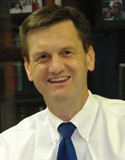
Beaufort Republican Sen. Tom Davis said the legislature has reacted with “lightning speed” in its response to the 2017 shuttering of a nuclear reactor project that left a $9 billion hole in the ground. He touted the 2019 passage of the Energy Freedom Act and this session’s study committee law.
But, he said, that is more incidental of the market needs rather than the state mandating or pushing a certain technology. Davis said previous laws like the Baseload Review Act of 2007, which allowed utilities to raise money on customers to pay for under-construction projects, gave utilities the wrong incentive, pushing them toward “heavy capital projects.” The lack of competition from independent power producers also helped that trend, Davis said.
Lancaster Democratic Rep. Mandy Powers Norrell said the legislature has pieces in place to continue to pressure utilities toward cheaper forms of energy with both the Energy Freedom Act and the RTO committee.
“We’ve seen the fruits of our labors in this and we passed the threshold where now the market can largely drive the energy future and that is a wonderful thing,” she said.
Norrell said the state needs to look at “decoupling” next. That means separating energy production from energy distribution. She called it “democratizing” energy production. But, she said the state has to find a way to make it “make sense to existing utility companies.”
- Have a comment? Send to: feedback@statehousereport.com
Fewer than 2,000 coronavirus cases tied to S.C. schools
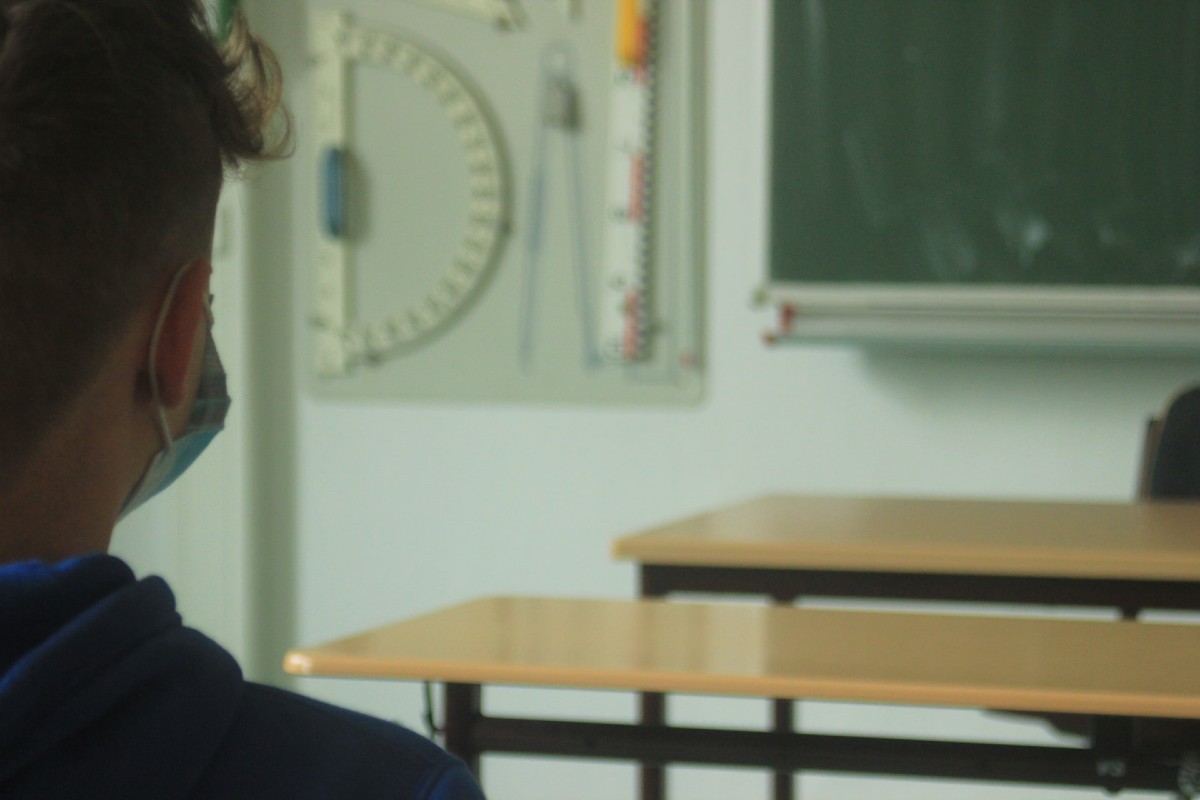
By Lindsay Street, Statehouse correspondent | Weeks into the resumption of in-person classes in public schools across the state, fewer than one in 20 coronavirus cases in South Carolina is tied to students or staff.
The S.C. Department of Health and Environmental Control began reporting positive COVID-19 cases in K-12 schools on Sept. 4. Since that time, there have been 1,956 positive cases among K-12 (public and private) students and staff who attended school face to face during their infectious period, according to the latest data released Oct. 26.
From Sept. 4 to Oct. 28, DHEC has reported 45,411 positive cases among all South Carolinians. This means that positive cases among K-12 students who attended school and staff account for 4.3 percent of the state’s confirmed cases.
“The South Carolina Department of Education has worked with the South Carolina Department of Health and Environmental Control to ensure that schools and districts have the most up-to-date guidance and data surrounding COVID-19 and school operations,” agency spokesman Ryan Brown said in a statement to Statehouse Report.
He said the agency has implemented five mitigation strategies put forth by the Centers for Disease Control: Consistent and correct use of masks; social distancing to the
largest extent possible; hand hygiene and respiratory etiquette; cleaning and disinfection; and contact tracing in collaboration with the local health department.
Brown said the agency has purchased and delivered more than $50 million in protection devices and supplies, and distributed $194.7 million in federal funds to schools to address pandemic expenses.
“(The agency) is in the process of supplying an additional $80 million to districts that can be used to hire school nurses, purchase safety materials and technology for remote learning, as well as provide students with interventions and supports to ensure they are successful during the pandemic and beyond,” he wrote.
But while the agency recommends levels of percent positive — with a percent positive of more than 5 percent leading to a school labeled as “moderate risk” of transmission — there is no state data on how many are being tested within staff and student populations.
The state’s percent positive level as of Thursday is 13.2 percent, nearly double the national percent positive rate of 7 percent. South Carolina has experienced 3,645 confirmed deaths associated with the virus since March.
In other news:
![]() Absentee votes expected to hit 1.3M. The South Carolina Election Commission is projecting 1.3 million ballots to be cast absentee, either in-person or by mail, by Election Day on Tuesday. If 76 percent of voters turnout for the election — the turnout in the 2008 election — as many as 2.7 million could vote, with 1.4 million showing up to precincts on Tuesday.
Absentee votes expected to hit 1.3M. The South Carolina Election Commission is projecting 1.3 million ballots to be cast absentee, either in-person or by mail, by Election Day on Tuesday. If 76 percent of voters turnout for the election — the turnout in the 2008 election — as many as 2.7 million could vote, with 1.4 million showing up to precincts on Tuesday.
- Related: A federal judge ruled this week S.C. cannot reject ballots due to mismatched signature. Read more.
S.C. unemployment claims drop below 200,000. For the first time since April, the latest unemployment data released by the U.S. Department of Labor showed that South Carolina’s unemployment claims dropped below 200,000. About 197,000 South Carolinians continued to apply for either state or federal unemployment programs in October. Read more.
Reported anti-LGBT incident in Charleston fuels cries for hate crimes law. LGBTQ advocacy groups say a reported incident being investigated as a hate crime by Charleston police reiterates the need for a statewide ordinance. Read more.
McMaster among militia group’s targets, FBI says. New search warrants reveal Gov. Henry McMaster was among the targets of a militia group that investigators say plotted to kidnap and harm the governor of Michigan. In an online exchange, two people referred to protests and “potential acts of violence” in South Carolina, including an apparent reference to McMaster, the affidavit said. Read more.
Leach trying to transform long-troubled social services agency. S.C. Department of Social Services head Michael Leach is trying to figure out how to fix almost everything at one of the most outdated child welfare agencies in the country, and COVID-19 has made his job more complicated. Read more.
S.C. agencies spend thousands on lobbyists in pandemic. From Jan. 1 through May 31, 44 state and local entities, including state-created agencies such as Santee Cooper and local fire and water/sewer districts, collectively spent at least $812,661 on lobbyists, The Nerve found in a review of State Ethics Commission records. Read more.
Defund the police? Pandemic cuts have led to decreased police budgets. Some South Carolina cities are cutting police funding amid coronavirus budget crunches and lack of federal aid. Read more.
- Have a comment? Send to: feedback@statehousereport.com
S.C. Hospital Association
 The public spiritedness of our underwriters allows us to bring Statehouse Report to you at no cost. This week’s spotlighted underwriter is the South Carolina Hospital Association, the Palmetto State’s foremost advocate on healthcare issues affecting South Carolinians. The mission of SCHA is to support its members in addressing the healthcare needs of South Carolina through advocacy, education, networking and regulatory assistance.
The public spiritedness of our underwriters allows us to bring Statehouse Report to you at no cost. This week’s spotlighted underwriter is the South Carolina Hospital Association, the Palmetto State’s foremost advocate on healthcare issues affecting South Carolinians. The mission of SCHA is to support its members in addressing the healthcare needs of South Carolina through advocacy, education, networking and regulatory assistance.
Founded in 1921, the South Carolina Hospital Association is the leadership organization and principal advocate for the state’s hospitals and health care systems. Based in Columbia, SCHA works with its members to improve access, quality and cost-effectiveness of health care for all South Carolinians. The state’s hospitals and health care systems employ more than 70,000 persons statewide. SCHA’s credo: We are stronger together than apart.
- To learn more about SCHA and its mission, go to: http://www.scha.org.
Newspapers have a responsibility to publish endorsements

By Andy Brack, editor and publisher | Social media and personality-driven television shows that comment constantly on news blur the traditional firewall between news and opinion. As a result, some newspapers are abrogating a traditional role of endorsing candidates during election season.
 This, we think, is wrong. And kind of lazy.
This, we think, is wrong. And kind of lazy.
It’s vital in a democratic society for there to be robust debate about candidates seeking to lead our councils, statehouses and other seats of power. Newspapers, as an integral part of the fourth estate, traditionally comment on all aspects of community life. Good ones also publish letters to the editor about candidates and offer commentary opportunities for candidates and interest groups to make their cases. So for newspapers to fail to provide their own informed opinions on which candidates would best serve a community’s needs is to fail the community.
Fortunately if voters don’t want to hear a newspaper’s view of candidates, they can flip the page or use it as bird cage liner before moving on to the sports section.
Newspaper editors certainly don’t endorse candidates for the fun of it. Evaluating candidates, their records and their positions takes a lot of work with in-person interviews, review of detailed questionnaires and candidate material, discussions with members of the community or more.
Newspaper editors suggest the best candidates for particular slots because they believe the opinion pages have a social responsibility to provide readers with the information they need to make informed decisions in our society. Voters certainly can read unbiased news stories by reporters or listen to completely slanted television ads to get information on candidates. But they often ask or wonder, “Yeah, I read that, but what do you really think about Candidate X or do you think Candidate Y will really be able to do the job?”
Because newspaper editors spend much more time than regular readers thinking about government, how it works and the people who are involved, editors and opinion writers are in unique positions of having deep insights into candidates’ characters, effectiveness, work ethics, bias, representativeness and commitment to democracy than do many voters, who often are looking for guidance at the last minute before they head to the polls.
Too many people these days, critics of endorsements say, believe newspapers distort news and create “fake news.” Or, they say, the media are biased and don’t properly distinguish between news and opinion. “As much as we can state definitively that journalists do not make up stories and the vast majority are devoted to reporting without bias,” the Orangeburg Times and Democrat wrote this week, “it’s not hard to see how the line has become blurred between reporting and commentary.”
This criticism reminds me of a recent conversation with a younger journalist who didn’t understand why news and opinion couldn’t be in the same section of a website. Younger people, he said, don’t really see much of a difference between news and opinion.
Perhaps. But to accept that premise is to give up on real journalism and the important role it plays in a democracy to inform, on one hand, and to help readers interpret the news through its opinion pages.
The fact that the lines between news and opinion are blurred also means the media haven’t done a good job of educating young readers about its different roles — to impart information with unbiased coverage of news and to comment on it to help make sense of what’s going on in a community. Those functions are completely separate and should never be inside the same story. News and opinion are separate. The firewall shouldn’t be breached.
Newspapers without editorial endorsements of candidates during the election season are akin to everything in grocery stores marked “lite” these days. They’re pretty good, but just missing the edge that gives them character. Now is the time for the print media to work harder to educate readers on the differences between real news, “fake news” and authentic opinion necessary to keep our democracy strong. The founders knew while robust debate often pits people against each other, it also steers leaders toward compromise and public policy that is better for all, not the few.
Andy Brack is editor and publisher of Statehouse Report. His column also is published in the Charleston City Paper, Florence Morning News, Greenwood Index Journal, The (Seneca) Journal, Camden Chronicle Independent and Hartsville Messenger. Have a comment? Send to: feedback@statehousereport.com.
Blue wave
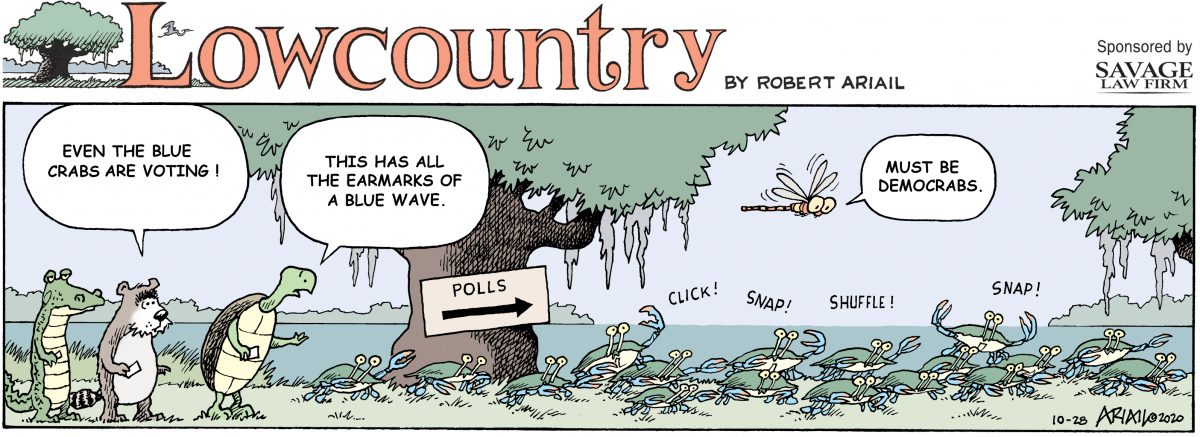
Enjoy this week’s cartoon by Robert Ariail, republished from our sister newspaper, the Charleston City Paper. Love it? Hate it? What do you think: feedback@statehousereport.com.
Our nation’s soul will endure
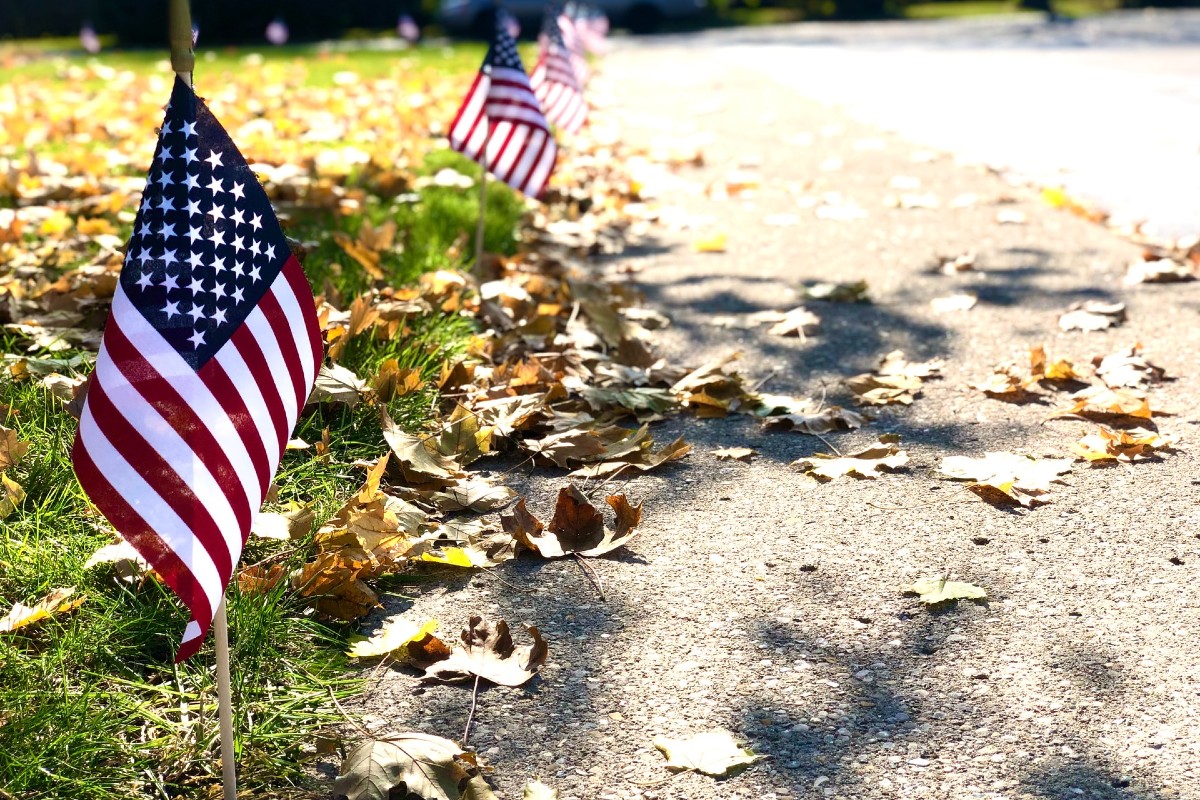
By Tom Ervin, special to Statehouse Report | Last Friday, I stood in line for almost three hours to vote. It was heartwarming!

A young mother pushed a double stroller holding her twins and carried a third baby tucked in her backpack. Many elderly voters waited patiently in line while leaning on their walkers. Several voters arrived in wheelchairs. College students were voting with their parents.
Although the line wrapped all the way around the parking lot at the Greer Recreation Center, everyone was smiling and talking. Almost everyone wore masks and exercised social distancing. Several of us pleaded with a poll worker to move the young mother with her three small children to the front of the line. When he agreed, everyone cheered. Another woman passed out bottles of water to strangers. These folks were demonstrating their love of freedom and democracy. They were determined that their voices would be heard.
By the time you read this, hundreds of thousands of South Carolinians will have voted early, either in person or by mail. Some pundits have predicted that our democracy won’t survive the deep divisions in our country. I disagree. Our democracy has survived a civil war, two world wars, a Great Depression, and now the COVID-19 pandemic.
The soul of our nation can and will endure. We have an opportunity to make our country even stronger provided we listen and learn from one another and unite around the common good. We must stand against hate and reject violence and extremism.
Judge Learned Hand described the spirit of liberty as that “which is not too sure that it is right, but seeks to understand the mind of other men and women….It is the spirit of Him who, near 2,000 years ago, taught mankind that lesson it has never learned, but has never quite forgotten; that there may be a kingdom where the least shall be heard and considered side by side with the greatest.” The late civil rights leader John Lewis wrote that “democracy is not a state. It is an act. Each generation must do its part to help secure our nation,”
Please make a plan to vote on or before November 3. Take your S.C. driver’s license along with a folding chair, a bottle of water and an umbrella. Be patient. Thank the poll workers for their service. Call your family and friends to make sure they are voting too. Please do your part to honor and serve our democracy!
Tom Ervin, a former state circuit judge and state representative, serves on the S.C. Public Service Commission.
Send us your thoughts
We love hearing from our readers and encourage you to share your opinions. But to be published, you’ve got to provide us with contact information so we can verify your letters. Letters to the editor are published weekly. We reserve the right to edit for length and clarity. Comments are limited to 250 words or less. Please include your name and contact information.
- Send your letters or comments to: feedback@statehousereport.com
Bronze sculpture
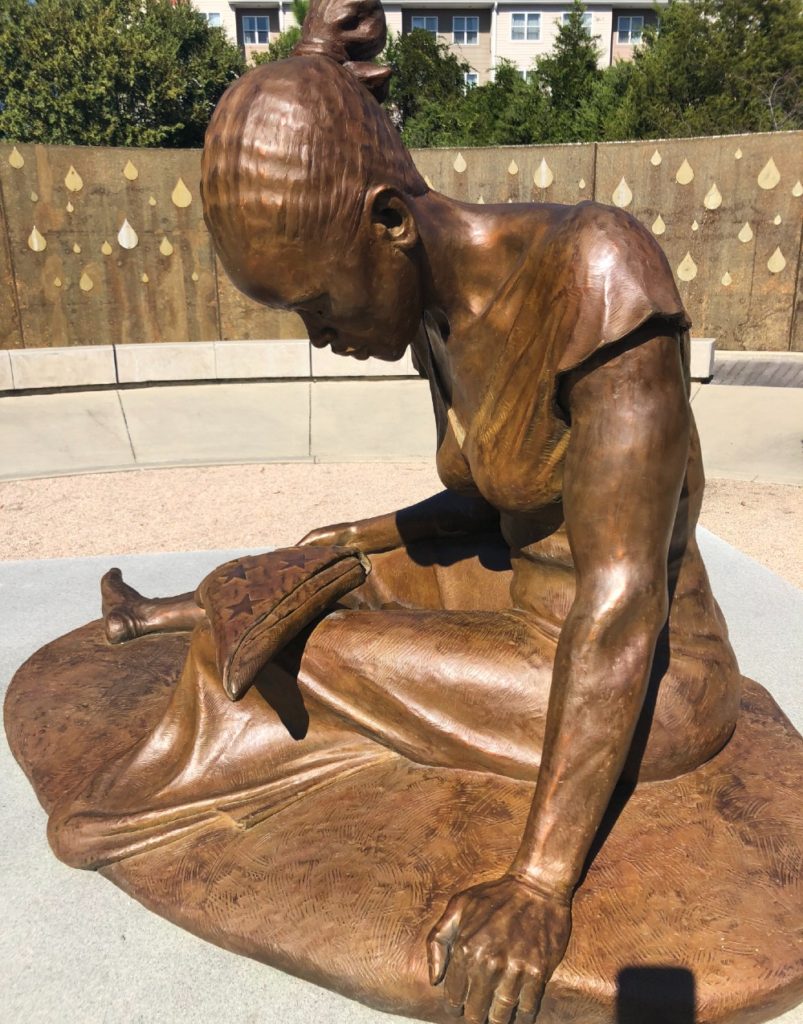
A reader sent along this bronze figure for readers to identify. Send your guess to feedback@statehousereport.com. And don’t forget to include your name and the town in which you live.
Our previous Mystery Photo
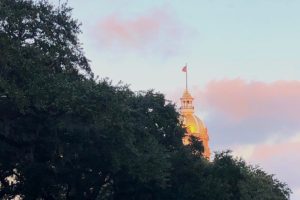 Our Oct. 23 photo, “Golden dome,” wasn’t in South Carolina, as a few readers guessed. The photo showed the golden dome of the Savannah City Hall that overlooks the Savannah River.
Our Oct. 23 photo, “Golden dome,” wasn’t in South Carolina, as a few readers guessed. The photo showed the golden dome of the Savannah City Hall that overlooks the Savannah River.
H/T to these intrepid sleuths for identifying the photo: Daniel Prohaska of Moncks Corner; Philip Cromer of Beaufort; Jacie Godfrey of Florence; Allan Peel of San Antonio, Texas; and George Graf of Palmyra, Va.
Godfrey shared that the city hall, built in the early 1900s, replaced “the original 1799 building. It is considered a spectacular architectural masterpiece. The domed roof rises 70 feet and originally was made of copper, but was gilded in 1987 with sheets of 23-karat gold leaf. It is home to the mayor’s office, council chambers and the Hall of Mayors containing photographs and paintings of past mayors since 1790.”
Send us a mystery: If you have a photo that you believe will stump readers, send it along (but make sure to tell us what it is because it may stump us too!) Send to: feedback@statehousereport.com and mark it as a photo submission. Thanks.
ORDER NOW: Copies are in Lowcountry-area bookstores now, but if you can’t swing by, you can order a copy online today.
ABOUT STATEHOUSE REPORT
Statehouse Report, founded in 2001 as a weekly legislative forecast that informs readers about what is going to happen in South Carolina politics and policy, is provided to you at no charge every Friday.
Meet our team
- Editor and publisher: Andy Brack, 843.670.3996
- Statehouse correspondent: Lindsay Street
Donate today
We’re proud to offer Statehouse Report for free. For more than a dozen years, we’ve been the go-to place for insightful independent policy and political news and views in the Palmetto State. And we love it as much as you do.
But now, we can use your help. If you’ve been thinking of contributing to Statehouse Report over the years, now would be a great time to contribute as we deal with the crisis. In advance, thank you.
Buy the book
Now you can get a copy of editor and publisher Andy Brack’s We Can Do Better, South Carolina! ($14.99) as a paperback or as a Kindle book ($7.99). . The book of essays offers incisive commentaries by editor and publisher Andy Brack on the American South, the common good, vexing problems for the Palmetto State and interesting South Carolina leaders.
More
- Mailing address: Send inquiries by mail to: 1316 Rutledge Ave., Charleston, SC 29403
- Subscriptions are free: Click to subscribe.
- We hope you’ll keep receiving the great news and information from Statehouse Report, but if you need to unsubscribe, go to the bottom of the weekly email issue and follow the instructions.
- Read our sister publications: Charleston City Paper (every Wednesday) | Charleston Currents (every Monday).
- © 2020, Statehouse Report, a publication of City Paper Publishing, LLC. All rights reserved.
















 We Can Do Better, South Carolina!
We Can Do Better, South Carolina!